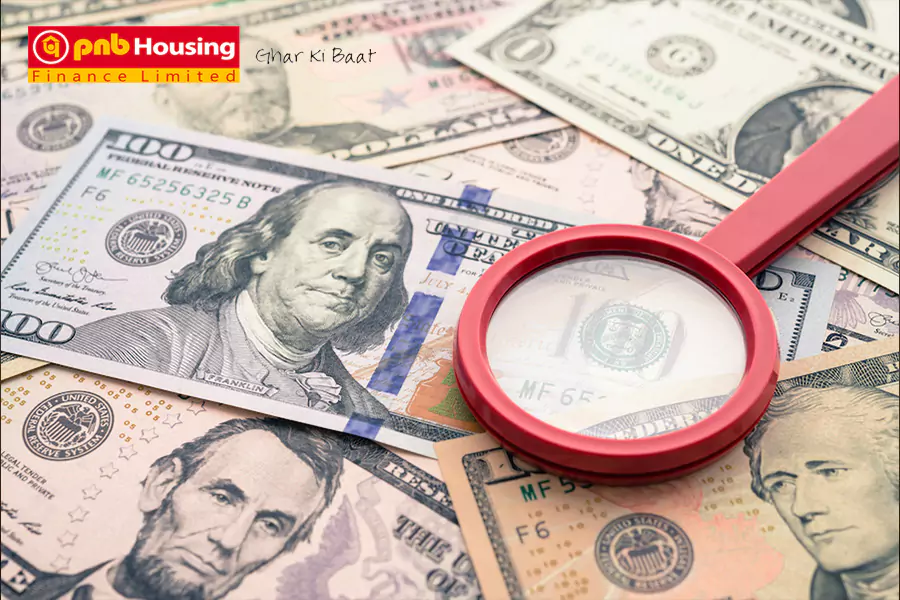A Fixed Deposit Receipt is the document given to a depositor by a financial institution when they open a fixed deposit. It is similar to an invoice you receive when you buy something from a shop. Like a bill, it contains all the details about the fixed deposit.
Contents of an FDR
An FD Receipt or FDR is a substantiating document that mentions the amount of money deposited, the time for which it is fixed, and the prevailing interest rates at which the FD is locked.
Every specific detail of the FD scheme is in this fixed deposit receipt. FDR format includes:
- Financial institution’s declaration
- Depositor’s name and age
- Account number linked to the Fixed Deposit
- The principal amount or the total deposited amount
- Deposit tenure or term
- The applicable interest rate on the fixed deposit
- Date of booking
- Date of maturity
- Interest to be received by the depositor on maturity subject to TDS
- Nominee
- Instructions related to the deposit, such as penalty rates, instructions concerning loan against FD, etc.
This fixed deposit receipt is essentially proof of ownership, a key document that depositors must keep safe.
Must Read: Types of Fixed Deposits in India
What is the Purpose of an FDR?
Fixed Deposit Receipt is an important document that the financial institution can ask for on numerous occasions:
At the time of FD Renewal
If the fixed deposit was opened offline, the depositor might have to surrender the existing FDR to renew it. A new FD receipt with an updated tenure will be issued.
For Premature Withdrawals
If the depositor needs to break the FD and withdraw funds before the maturity date, they will have to produce FD Receipt as proof of ownership.
To Get a Loan Against FD
If the depositor requires a loan for reasons such as a cash crunch, they can apply for one against their existing fixed deposit. This loan will be given at an interest rate lower than an unsecured loan. To avail of this loan, applicants need to deposit the FDR for the term of the loan to the financial institution. Once the depositor repays the loan, they get the FDR back with updated details.
Must Read: Why Fixed Deposit is Good Option to Plan Your Vacation
Fixed Deposit Receipt Checklist
It is important to closely examine Fixed Deposit receipts because they contain the terms of the fixed deposit. A few details to look for when accepting an FDR from a financial institution are:
- Applicable Fixed Deposit Interest Rates and Terms: This is the most basic aspect of an FD that needs to be double-checked. The maturity term and the applicable fixed deposit interest rates should be noted, especially when an existing fixed deposit is renewed. This is because the interest rate is subject to change and can vary at the time of renewal.
- Auto-Renewal Dates and Maturity: It is important to check the maturity date before accepting an FDR. If not, there could be a lack of clarity, and the amount may end up being accessed before the maturity date, causing financial loss such as loss of interest due to premature withdrawal. There should also be clarity around the renewal date if the depositor has chosen the auto-renewal facility.
- Charges and Penalties: Any charges or penalties associated with the Fixed deposit need to be stated on the FD Receipt.
- Nomination Details: The person who will receive the FD amount in case something ill-fated happens to the depositor is the nominee. This particular detail must also be cross-checked to avoid future problems.
Earlier, these FD receipts were the sole proof of ownership that had to be kept safe. With the entire process of opening FDs moving online, depositors are more likely to receive an online FDR, which is easily accessible. Those who follow the old school of banking must still keep this receipt in a safe place to produce it when needed.





















